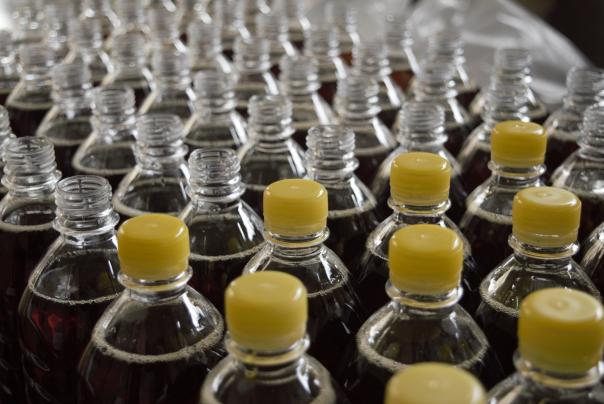
With the continued advancements in automation and AI being painted as the future in the media, many seem to be forgetting that human labour continues to play a vital role across a range of industries, and will do so in years to come.
There is no doubt that there are extraordinary benefits to integrating new technologies in food factories and the food industry as a whole. Automation and AI can take away the burden of unappealing repetitive tasks and improve efficiency in a variety of ways, yet humans cannot be completely replaced.
Automation and AI: the undeniable benefits
Increased efficiency, consistency and production capacity are just some of the most well-known benefits to automating food factories. Streamlined production, higher production capacity, faster turnaround and reduced reliance on manual labour also result in cost savings, a particularly appealing benefit to manufacturers. But there’s many more advantages.
New technologies offering visualisation and remote visibility, automating procedures such as food inspections, or barcode and date code inspection, make data available that helps improve traceability. User monitoring, historical trends, and tracked user changes have become vital in an industry where traceability and security are of utmost importance.
Automated data collection has long been seen as a significant asset to the industry, and new tools are being developed to allow for even better opportunities. Having the ability to more easily identify potential issues, process ingredients and products, make predictions and meet specifications, facilitates a range of processes, and makes it easier to cope with increases in demand.
In environments like food factories, where maintaining the highest standards of cleanliness and hygiene is paramount, automated material handling can play a significant role in elevating these standards to unparalleled heights. With humans being the source of contamination, reducing the amount of people coming into contact with ingredients and products can have a particularly positive impact.
What makes humans irreplaceable in food and drink factories?
In a nutshell, AI lacks the emotional and creative intelligence that humans possess, as well as the ability to predict and handle unexpected situations – essentially the quality of adaptability, and the ability to act in a reactive manner.
Whether dealing with changes in production processes or troubleshooting problems, which humans are naturally equipped to handle thanks to our critical thinking and decision-making skills, automated systems use pre-programmed algorithms that wouldn't be able to automatically respond to new circumstances.
And while AI can analyse data and make suggestions, creating new recipes, flavours, and food products involves creativity and innovation that remain exclusive to humans. Tasks requiring cultural understanding, aesthetic judgment and ethical or moral decisions can’t be assigned to AI systems.
Humans are also instrumental in ensuring compliance with safety standards and regulations, making real-time decisions based on intuition and experience to maintain the highest levels of food safety.
Automated systems can be entrusted with quality control processes thanks to tools that can monitor production lines for potential defects or errors; however, trained individuals should also be available to intervene in the case of issues presenting themselves that need to be resolved with appropriate judgment calls. Ultimately, AI needs the aid of human experience and feedback to be able to work effectively.
Security has long been a topic of concern when it comes to automation and AI. Data can easily be targeted by cyberattacks, and yet humans could also be the cause of – accidental or otherwise – data leaks.
The real-time data that new technologies are capable of offering is becoming irreplaceable, but equally, protecting network infrastructure by ensuring those who use it do so in the right ways is vital, showcasing that yet again, an effective balance between humans and automation is fundamental.
Creating an environment where humans and AI can work together
While AI and automation can streamline processes, enhance quality control, and optimise crucial aspects of food production, their value is enhanced when they are employed to complement human efforts rather than replace them entirely.
For instance, simple, repetitive routine tasks can effectively be handled by AI systems, allowing humans to focus on more complex tasks. And though automated data analysis allows for trends and patterns to emerge that would be near impossible for humans to identify, humans are still required to look at this data, interpret it and make informed decisions as a result.
Humans and AI should work in synergy to create safer, more efficient, and innovative food production environments. The strengths of both can and should be harnessed to achieve higher levels of productivity, efficiency, and innovation in the industry, and being aware of the unique capabilities of each is vital in building the right environments.